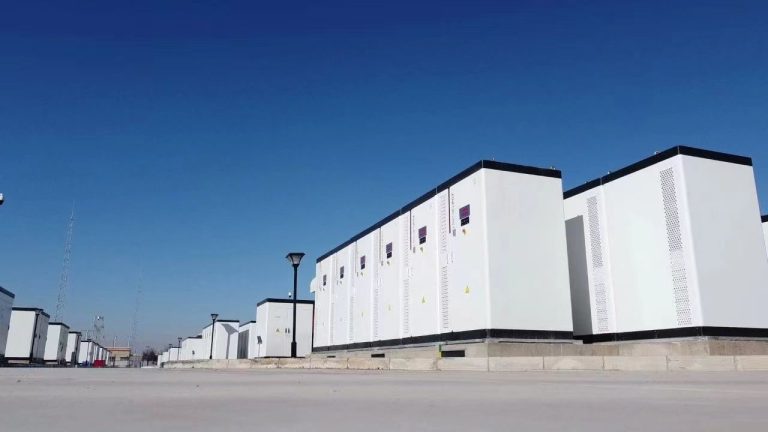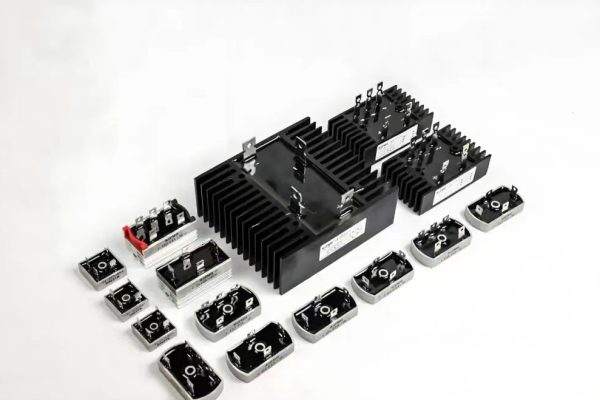A Practical Guide for Distributors, Exporters, and System Integrators Handling Solar and Storage Equipment
1. Introduction: Why Warranty Handling Is a Big Deal
In the solar and energy storage industry, middlemen—including distributors, exporters, and system integrators—play a key role in the equipment supply chain. Yet, they often find themselves caught between the manufacturer and the end user when something goes wrong.
Warranty issues can damage your reputation, disrupt customer relationships, and consume hours of your time—unless handled properly.
This article provides a step-by-step approach to dealing with warranty claims, minimizing risk and keeping your business running smoothly.
2. Understanding Your Position in the Warranty Chain
Before you handle any claim, you must know your legal and contractual role. There are typically three positions in the chain:
- Manufacturer: Provides original warranty terms
- You (Middleman): May offer limited pass-through or added warranty
- End Customer: The user experiencing the issue
Your responsibilities depend on:
- Your contract with the supplier (what you’re covered for)
- Your sales terms with your customer (what you promised)
- Local consumer protection laws (some countries hold sellers liable)
📌 Tip: Always keep a copy of the manufacturer’s warranty policy, and clearly define what your business covers in its own terms of sale.
3. Most Common Warranty Issues You’ll Encounter
Middlemen often face claims in areas such as:
| Component | Typical Claim | Likely Cause |
|---|---|---|
| Inverter | No output / error code | Installation error, grid fault, component failure |
| Battery | Low capacity / won’t charge | Configuration issue, BMS lock, true defect |
| Solar panel | Output below rated | Shading, connection loss, or rare cell failure |
| Accessories | Broken cables / faulty breakers | Transport damage, wear and tear |
4. Step-by-Step: How to Handle a Warranty Claim
✅ Step 1: Triage the Claim
- Ask for serial numbers, installation date, and purchase invoice
- Request photos/videos of the issue and system setup
- Check if the product is still within warranty period
If it’s a clear user error or installation fault, advise the customer accordingly.
✅ Step 2: Isolate the Problem
- Use manufacturer troubleshooting guides
- If available, consult the inverter or BMS monitoring platform
- Eliminate common issues (loose wires, blown fuses, wrong settings)
📌 Why it matters: Many claims are not actual hardware faults, and can be resolved remotely—saving you time and freight costs.
✅ Step 3: Communicate with the Manufacturer
- Submit a complete RMA (Return Merchandise Authorization) request with:
- Issue description
- Photos/logs/monitoring screenshots
- Proof of purchase
- Installation documentation (if required)
Most manufacturers will:
- Approve a replacement
- Ask for return shipment
- Provide technical support to confirm the issue
✅ Step 4: Keep the Customer Informed
- Let your customer know:
- That the claim is in process
- Estimated response time
- Any temporary workaround or fix they can try
Transparent updates build trust, even when delays occur.
✅ Step 5: Replacement or Repair
- If approved:
- Arrange for a replacement unit (you or the manufacturer may cover shipping)
- Return the faulty item if requested
- Assist with reinstallation or remote reconfiguration
✅ Step 6: Log the Claim Internally
Keep a record of:
- Customer info
- Product details
- Claim type and outcome
- Resolution time
This helps in managing recurring issues, identifying unreliable suppliers, or negotiating better warranty terms.
5. Best Practices to Avoid Headaches
🛠️ Pre-Sale Advice
- Don’t oversell warranty terms—stick to the official documentation
- Share user manuals and datasheets in advance
📦 Packaging and Logistics
- Double-check shipments before sending to the customer
- Take photos of items packed to prove no damage at dispatch
📃 Terms and Conditions
- Include a warranty disclaimer in your invoice or contract
- Clarify that you’re not liable for improper installation or force majeure
6. When Should You Offer Your Own Warranty?
In some cases, offering a middleman-level warranty (e.g., “2 years local replacement support”) can win you more customers. But:
- You must have enough stock or financial buffer to honor replacements
- You take on more risk—especially if the manufacturer is slow to respond
- It works best with high-turnover, lower-cost items (like charge controllers or cables), not large inverters or battery banks
📌 Golden Rule: Don’t promise more than you can back up.
7. What If the Manufacturer Refuses the Claim?
This can happen if:
- Product is out of warranty
- Damage is due to user error, water ingress, or installation fault
- No valid documentation is provided
In this case, you have three options:
- Negotiate partial support (e.g., discounted replacement)
- Support the customer at your own cost (for high-value clients)
- Explain the denial clearly, and help them find a solution (repair, alternate unit, etc.)
8. Real-World Example: Managing an Inverter RMA
Scenario: A distributor receives a complaint about a 5kW inverter not powering up.
Steps Taken:
- Collected logs, photos, and video
- Guided installer through remote troubleshooting
- Found a loose neutral cable in AC output
- Issue resolved with no return needed
Outcome:
- Happy installer, no shipping costs, and valuable trust gained
- Root cause used in training future installers
9. Be a Bridge, Not a Barrier
As a middleman in the solar or storage supply chain, your role in warranty handling is more than administrative—it’s a chance to build customer loyalty and earn a reputation for reliability.
Key takeaways:
- Know your obligations—legally and contractually
- Train your team to triage issues efficiently
- Keep records, communicate clearly, and document everything
- Partner with reliable manufacturers with solid RMA support
A smooth warranty experience can turn a bad situation into a long-term relationship.
Need help creating warranty documentation or RMA support templates? Let us know, we can provide tools and best practices tailored to your region or product line.









